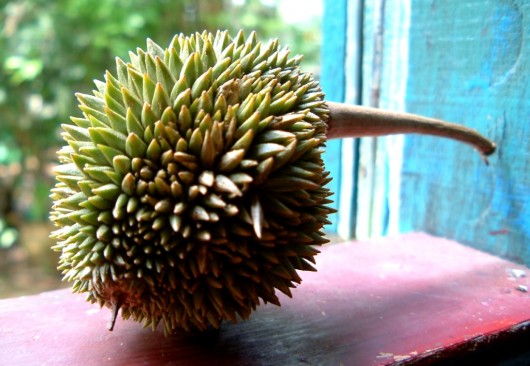Which Fruit Has The Most Thiamine (Vitamin B1)?
What is Thiamine (Vitamin B1)?
Also known as vitamin B1, Thiamine is a nutrient that helps the body process sugars and is key to a properly functioning nervous system.
Thiamine (Vitamin B1) In Our Body
Thiamine is water soluble, so it must be replenished or the body will become deficient with in two weeks. Without sufficient levels of this vitamin, the brain doesn’t function well and serious problems with the nerves, muscles, heart and digestive system can result. Psychosis, weakness and fatigue are among the symptoms that often lead to a diagnosis.
The amount of thiamine a person needs depends on age and gender. Generally, adults need more thiamine than children, especially women who are either pregnant or breastfeeding a child. The USDA has recommendations for daily intake of Thiamine that – if followed – can prevent people from developing complications from its deficiency.
Some people with special conditions such as anorexia, Crohn’s disease, alcoholism or kidney problems requiring dialysis are among the ones most commonly found without enough thiamine in their body. Some people are allergic to thiamine and therefore require special treatment.
Thiamine is sometimes prescribed for people with a deficiency or who are affected by certain metabolic disorders and deficiency symptoms, but most people can get enough of this nutrient through a balanced diet. Milk, beef, brewer’s yeast, oats, seeds, wheat, fortified flour and fortified rice are among the many sources for thiamine. It is also available as a table either by itself or as part of a multivitamin supplement.
Overdose conditions of thiamine are rare because it is a water-soluble nutrient. However, it can cause a form of shock, especially when injected, and can result in breathing problems, nausea, restlessness and – in extreme cases – death.
Top Fruits For Thiamine (Vitamin B1) Content
The amounts of Thiamine (Vitamin B1) are given for 100g of each fruit.
1 Durian 0,40 mg
2 Jackfruit 0,11 mg
3 Pumpkin 0,10 mg
4 Orange 0,10 mg
5 Grape 0,10 mg
6 Elderberry 0,10 mg
7 Mango 0,10 mg
8 Guava 0,10 mg
9 Blackcurrant 0,10 mg
10 Mangosteen 0,10 mg
11 Pomegranate 0,10 mg
12 Fig 0,10 mg
13 Tangerine 0,06 mg
14 Lemon 0,04 mg
15 Tomato 0,04 mg
16 Watermelon 0,03 mg
17 Banana 0,03 mg
18 Kiwi 0,03 mg
19 Cucumber 0,03 mg
20 Cranberry 0,02 mg
